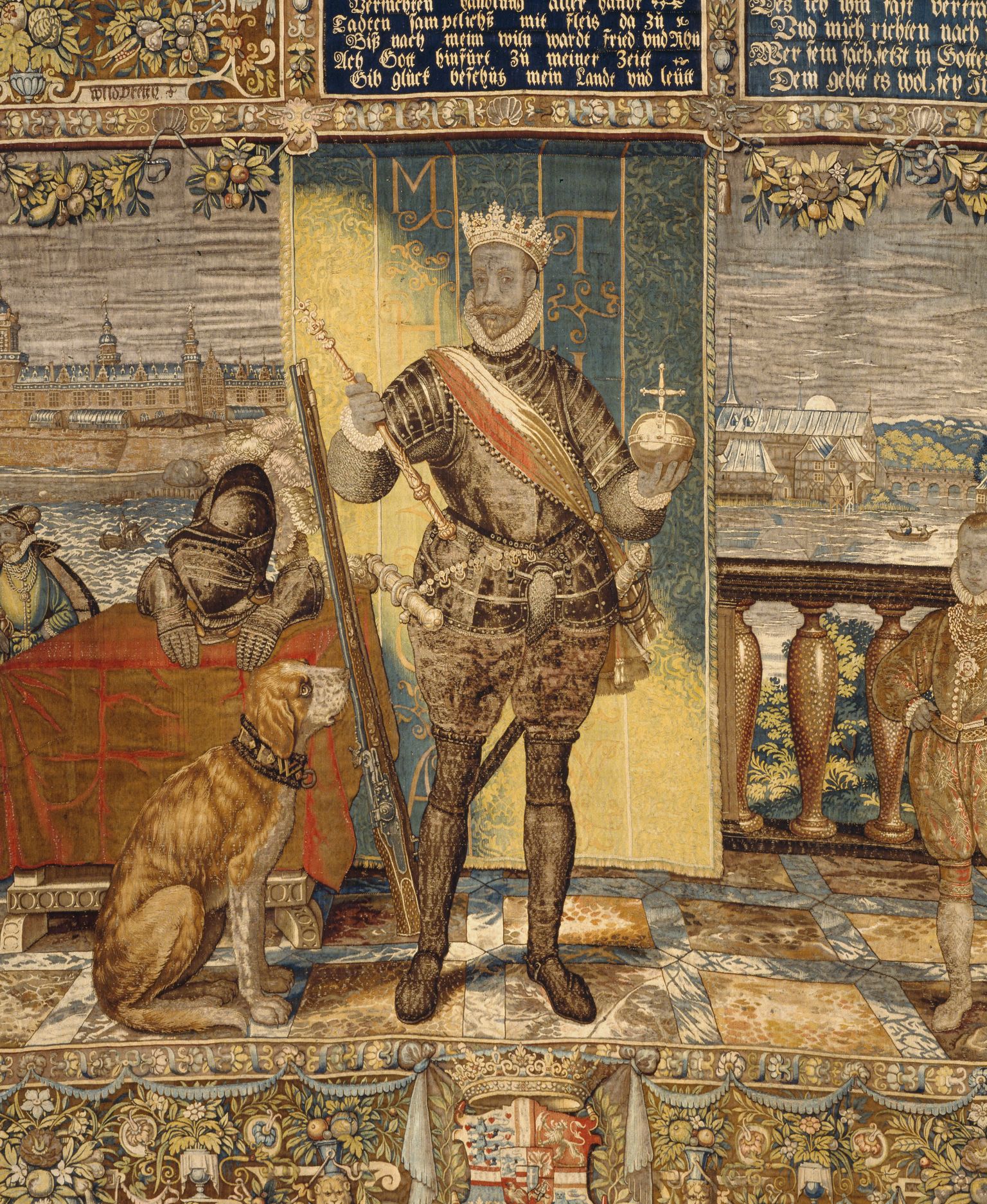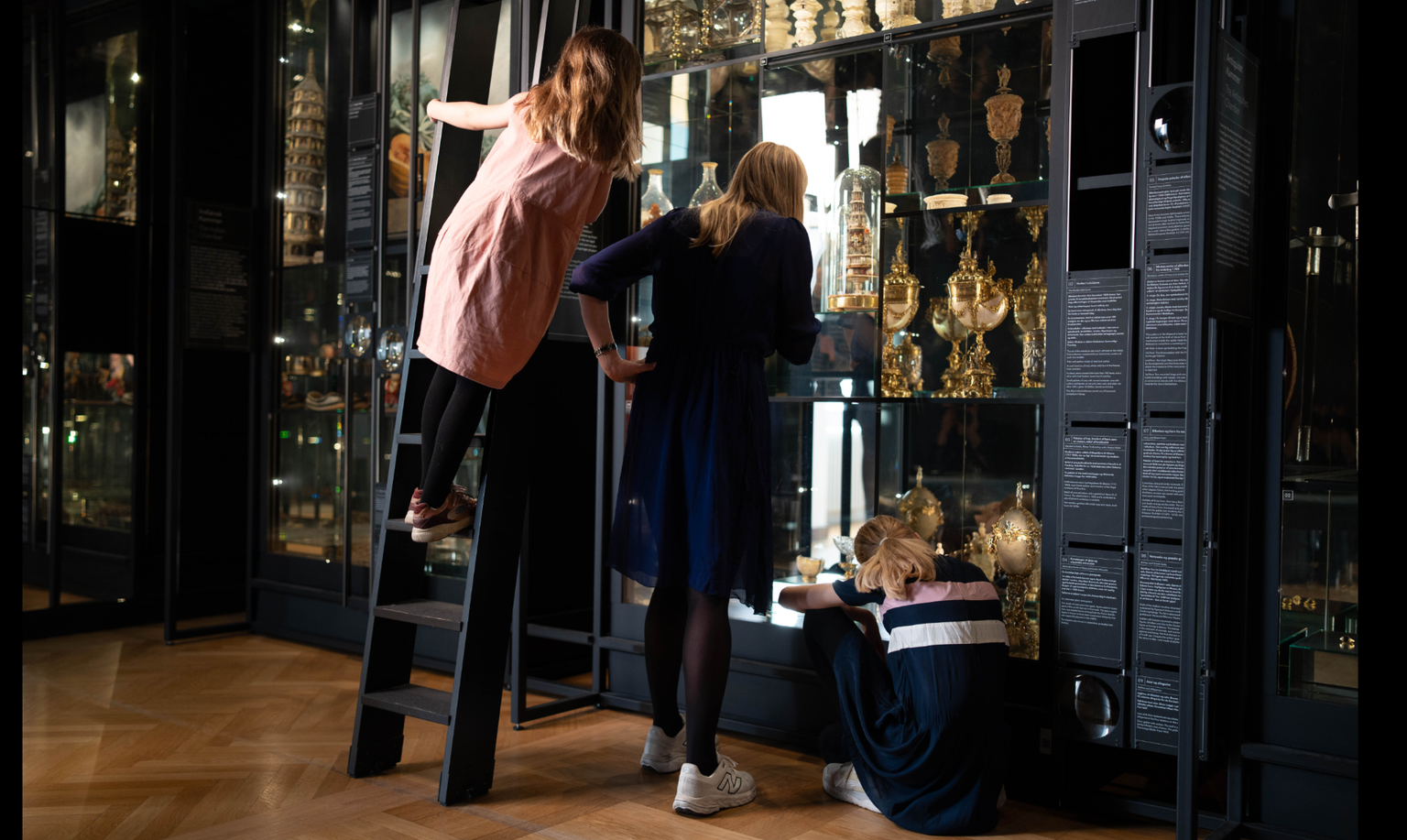1st floor -
The Middle Ages aren't so dark after all. Your ancestors had bright ideas about compassion, knowledge, and social order.
From the 11th century onward, the Church laid the foundation for society. Through written laws, morality, and power, Christian thought took shape. As you move through the exhibition “Denmark’s Middle Ages and Renaissance”, you’ll see the early roots of the society we know today.
Highlights from the Middle Ages and the Renaissance
1.
From church stones to cultural heritage
Churches rise across the land. Here, Christian ideas unfold in art, rituals, and song – gathering rich and poor alike throughout life, from baptism to burial.
Today, medieval churches are still in use, though the pews are not as full. Christian thought continues to shape Danish culture, often without us even noticing.
The crucifix from Åby Church shows Christ not as a suffering man, but as a king conquering death. It is one of the oldest surviving Christian symbols in Denmark.
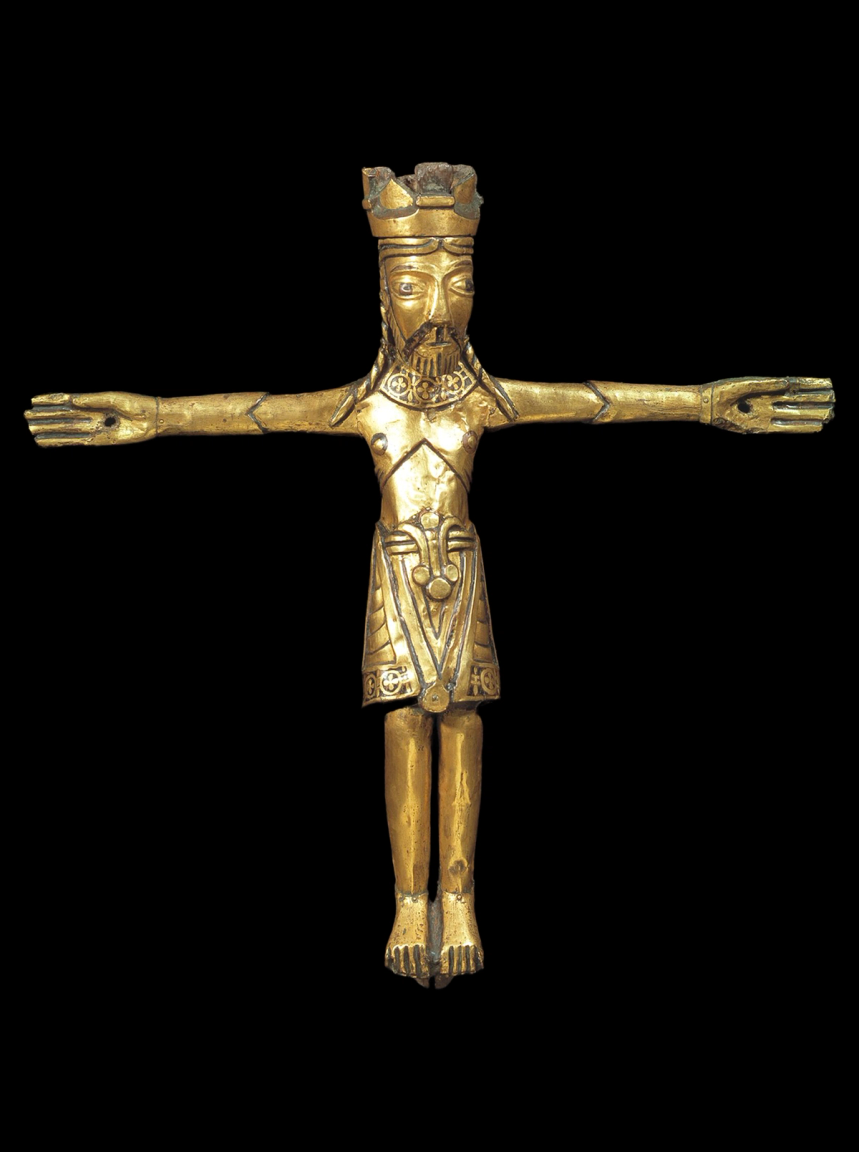
2.
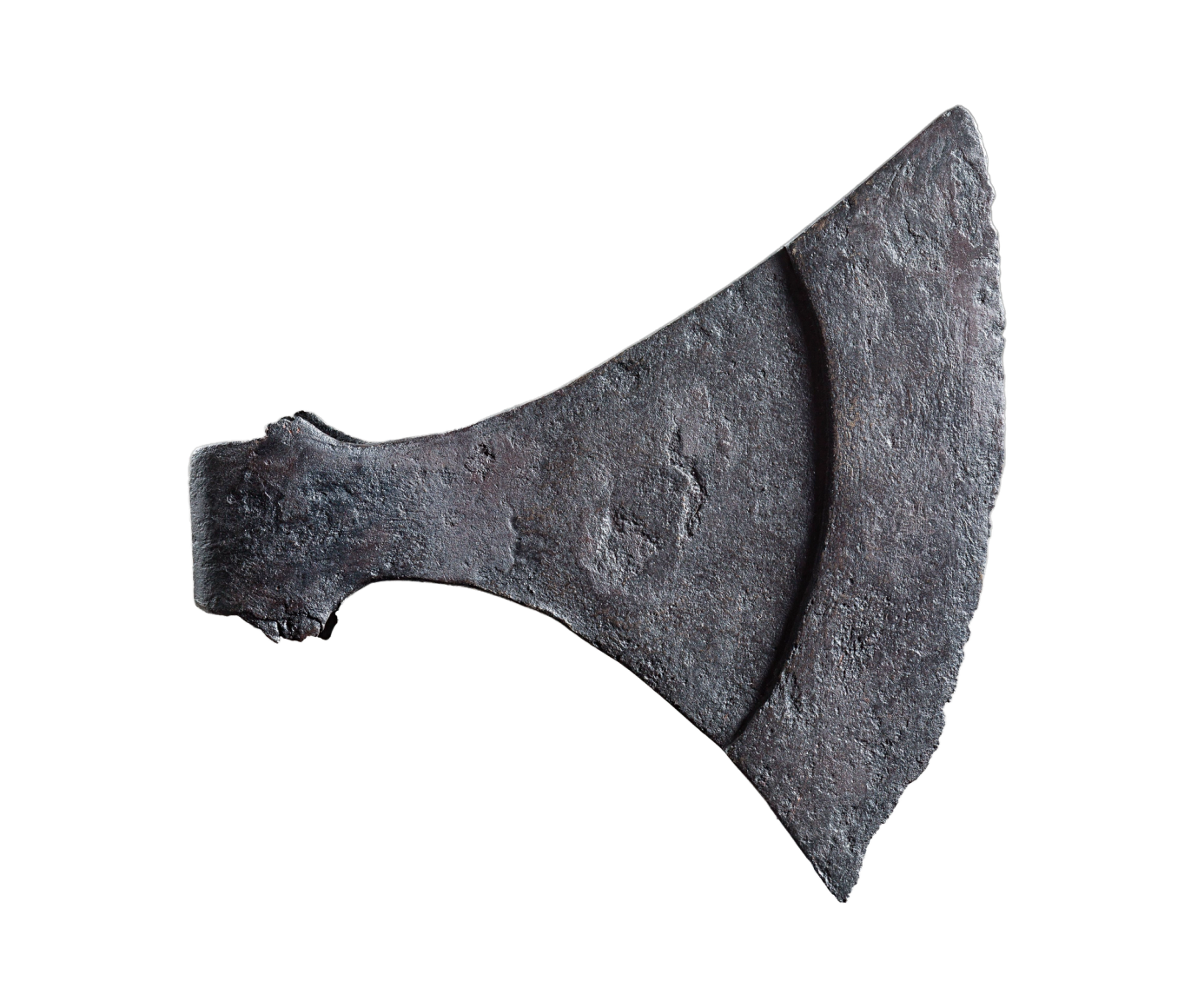
Sometimes the negotiation table was a field south of Viborg
Valdemar the Great and Bishop Absalon stand side by side. On the Grathe Heath, the decisive battle is fought against the rival, King Svend. Valdemar triumphs, and he secures undisputed power throughout Denmark after many years of civil wars. In the exhibition, you can see axe heads from that fateful battle. They are silent witnesses to hundreds of soldiers who suffered painful wounds and met their death.

Image gallery
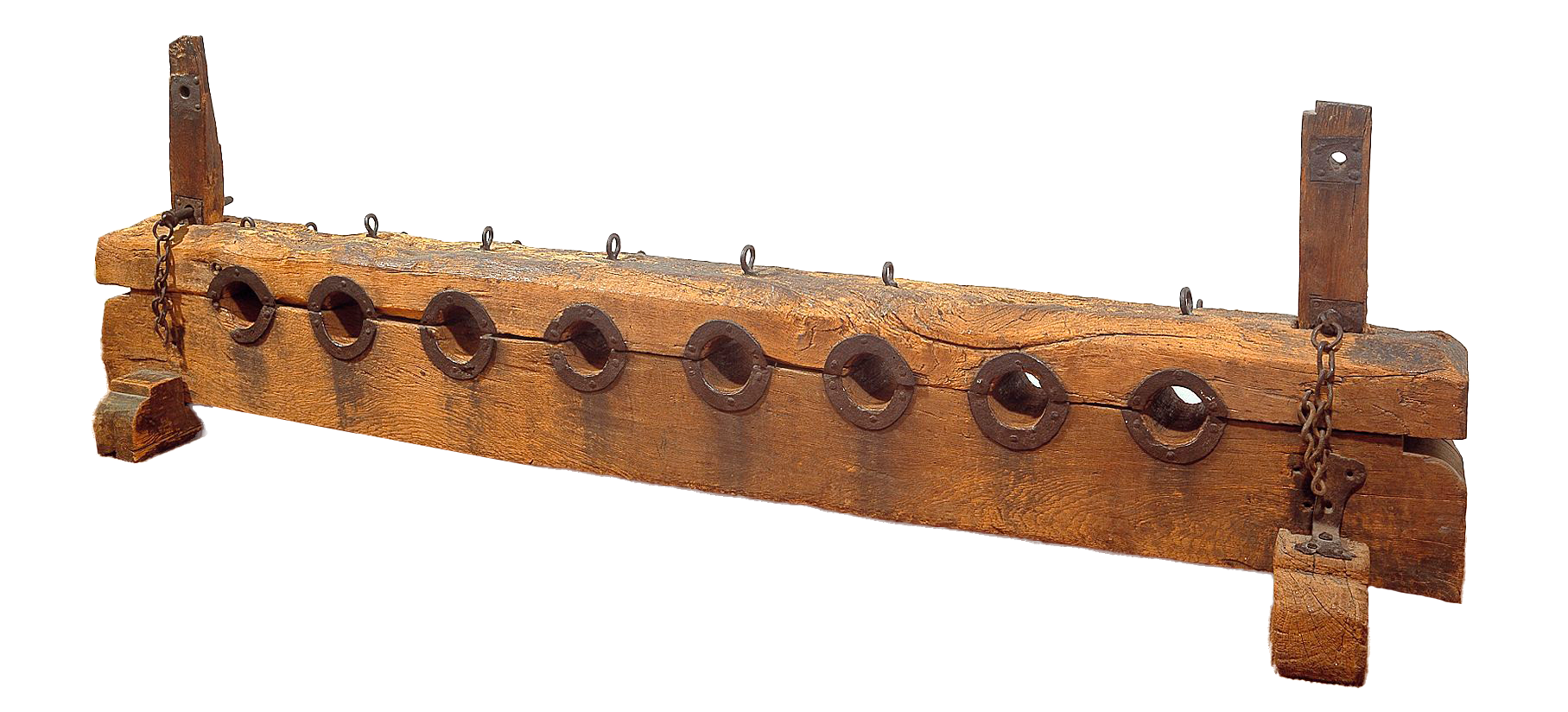
1 / 2
To the shame and spectacle in the town square
Arms and legs are sticking out. In rows they sit – displayed and shamed. A new law has been introduced, and the arm of the law is brutal.
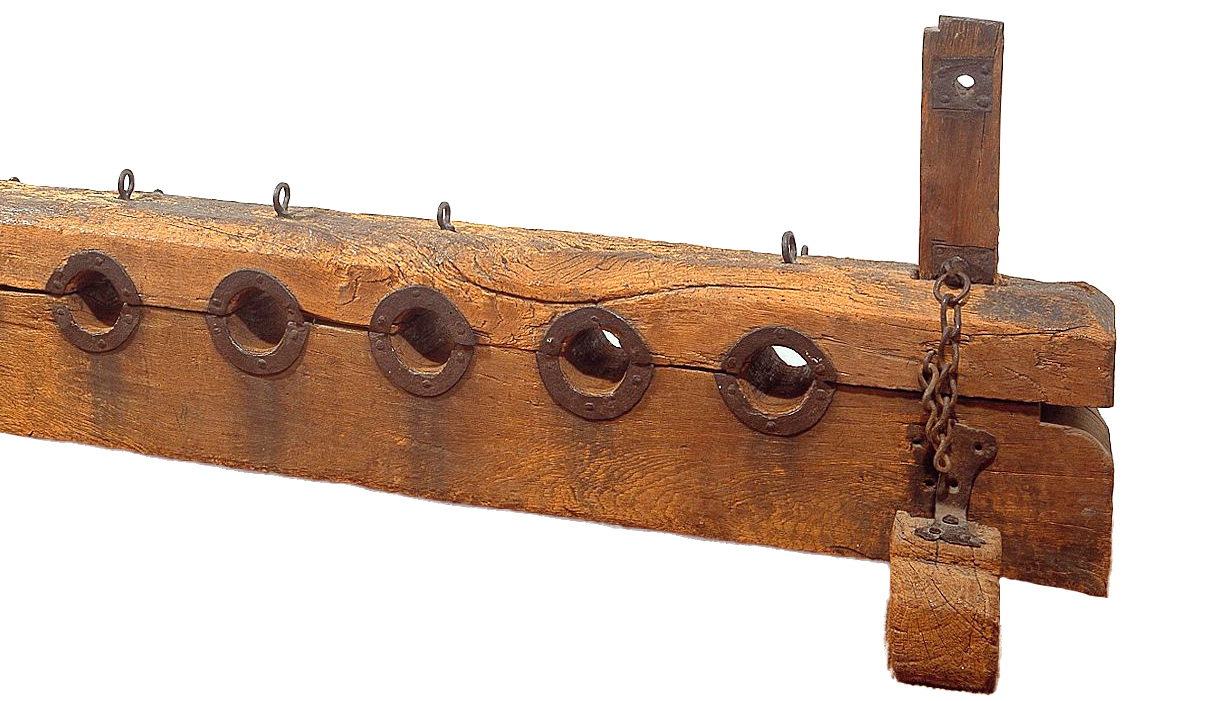
2 / 2
When a country is to be built, it requires law and order
Every single market town in Denmark had its own town law. If you step out of line, you could end up on the gallows, on the stake, or in the stocks, like the one here in the exhibition.
3.
God's GPS got an update when the Reformation rolled in
Never have the churches been so richly decorated as in the early 1500s. They receive gifts from people who want the church's help to avoid hell and enter heaven. One of them is Christian II. He donates an altarpiece to the church in Helsingør. It depicts a pious king and his queen in prayer. Around Europe, resistance arises against the power and wealth of the papal church. The church should return to its roots, many believe. Harald Bluetooth officially converted the Danes to Christianity in the 960s. Now, in 1536, Christian III introduces a Protestant church order in Denmark. It becomes the first sprout of the Danish national church.
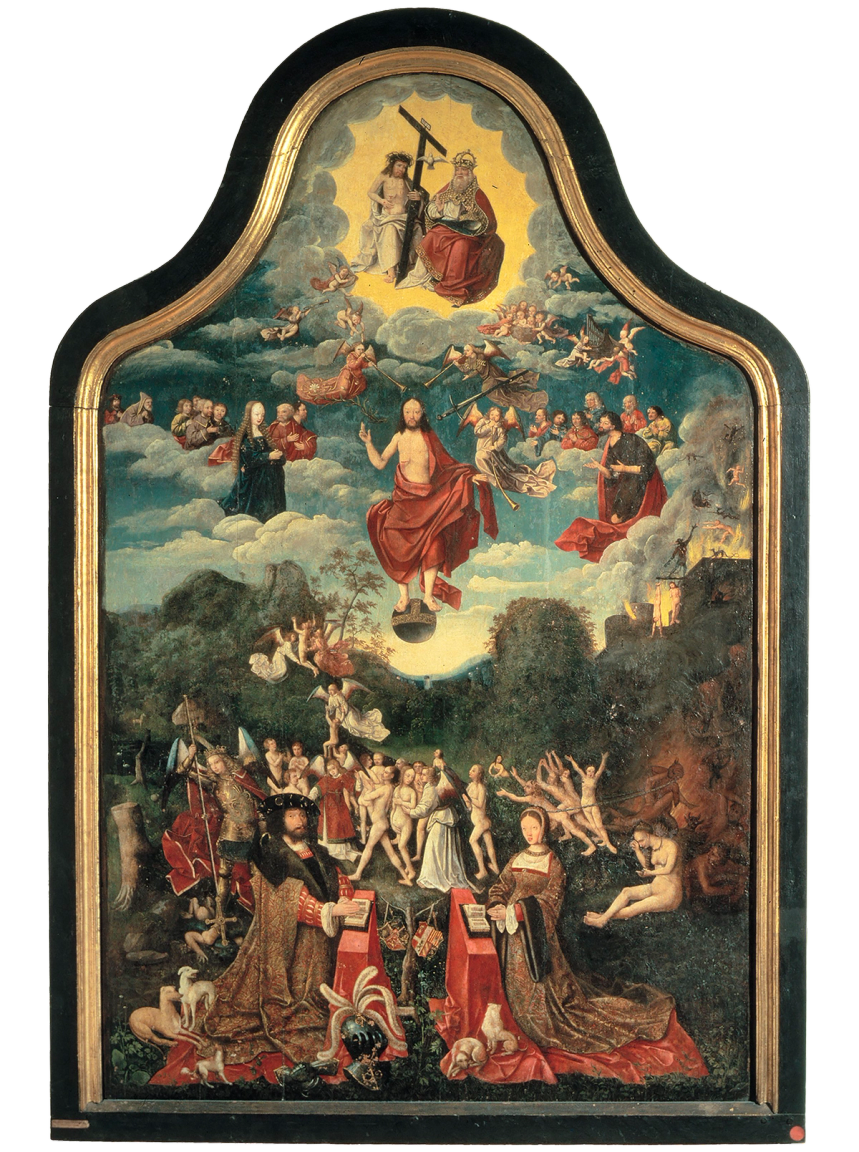
Altarpiece of Christian II, 1514-15, from St. Mary's Church, Helsingør
4.
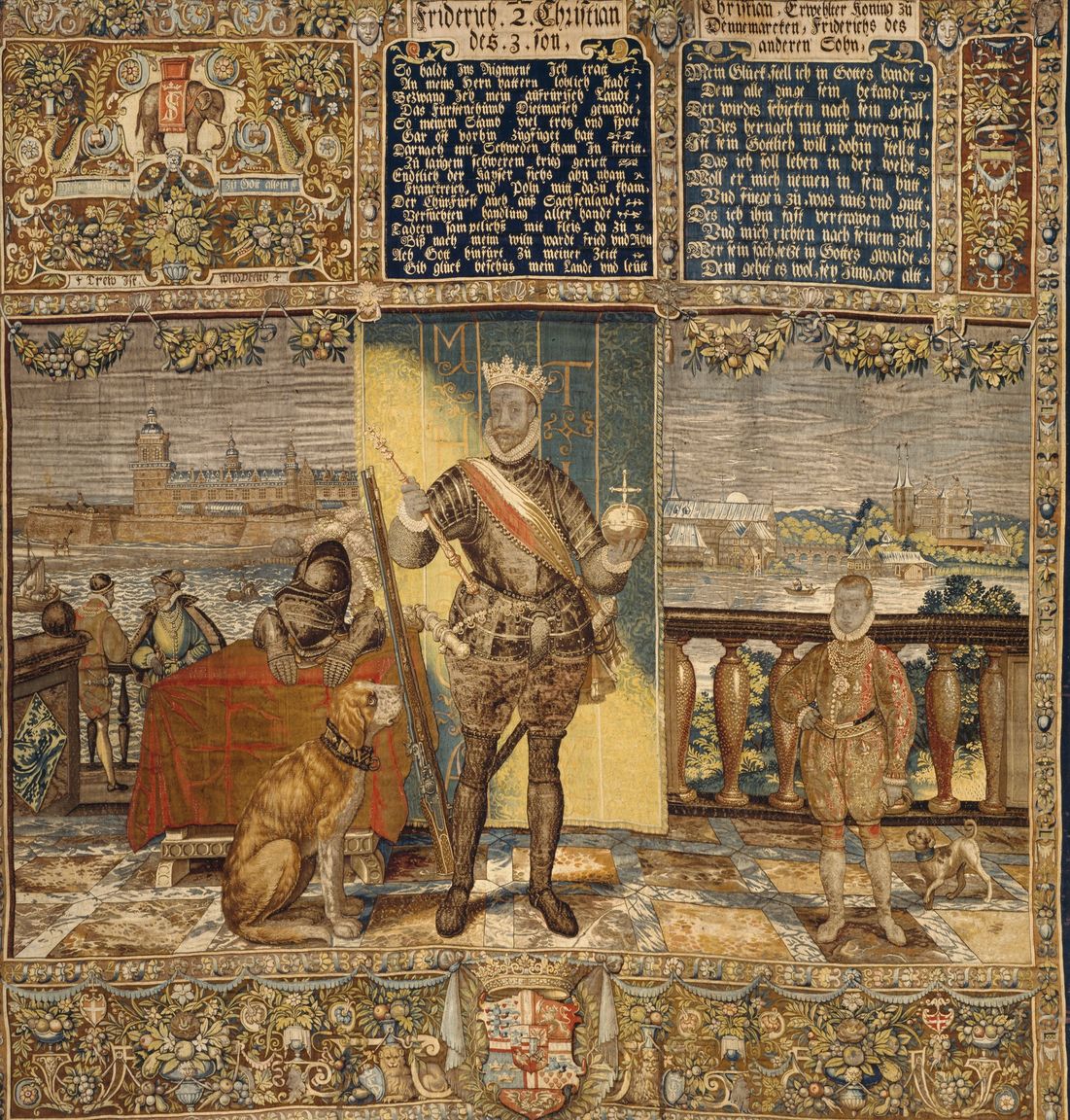
Goblin, the Kronborg Tapestries, Frederick II's royal tapestries
The king demonstrated power and strength through art and science
Throughout the Renaissance, Europe saw a flourishing interest in the art and culture of ancient Greece and Rome. In Denmark, we are also proud of our own long history. Frederick II commissioned towering tapestries depicting the entire Danish royal lineage from the legendary King Dan to Frederick II himself and his young son Christian IV. They hang in the great hall of Kronborg Castle, telling all the castle's visitors that the Danish monarchy has a long and glorious history. As a true Renaissance king, Frederick II used art and science to cast splendor over his realm. Explore the tapestries for yourself in the exhibition.

Goblin, the Kronborg Tapestries, Frederick II's royal tapestries
5.
They explored the world to understand it - and God
Copernicus on the left side. Tycho Brahe on the right. Their portraits are engraved on the side plates of a large clock, which in itself is a technical marvel, accurately measuring the passage of time. During the Renaissance, there is an explosion of desire to measure, weigh, explore, and understand the world that God has created and in which humans live. Thinkers and scientists pose new questions about how the world and the universe are structured. Copernicus suggests that the sun is the center of the universe, not the earth, and night after night Tycho Brahe examines the celestial bodies.
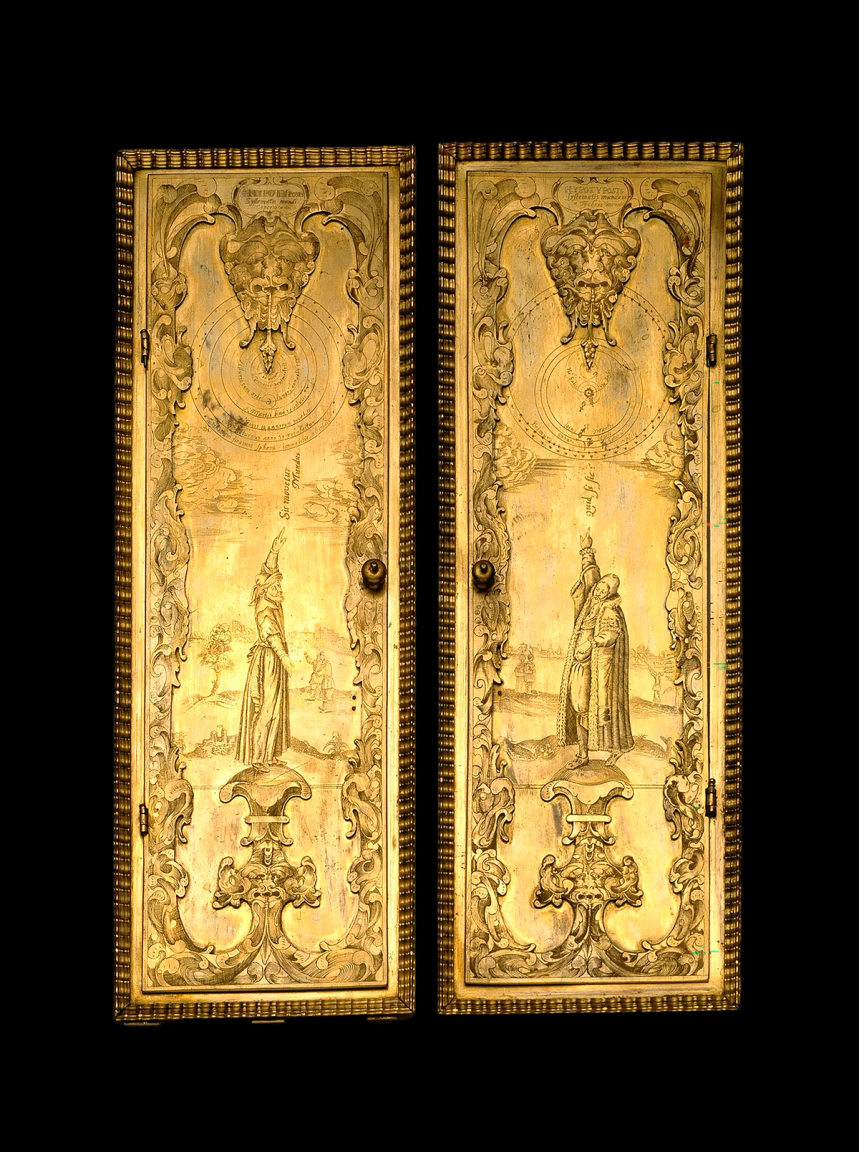
Side plates for a desk clock
Closed today
Closed
Admission ticket
